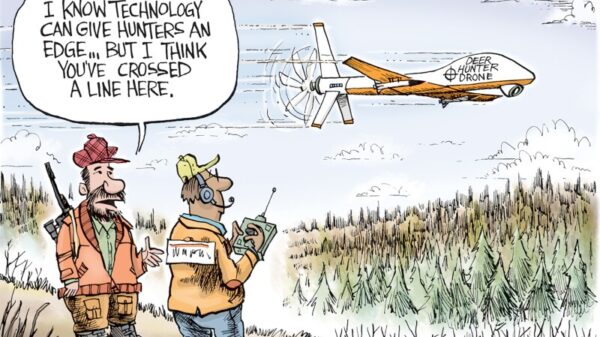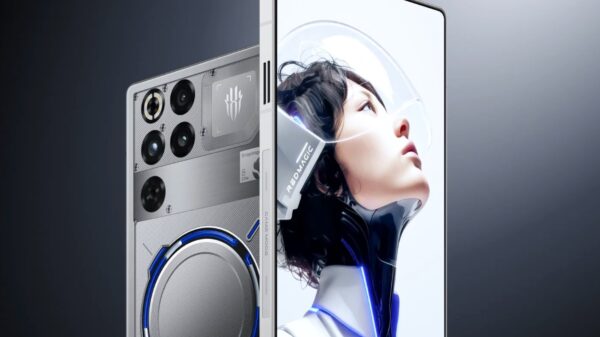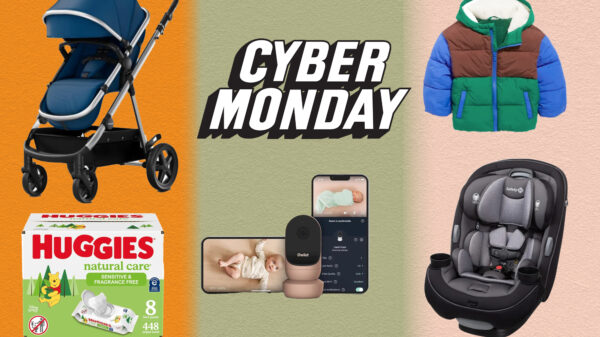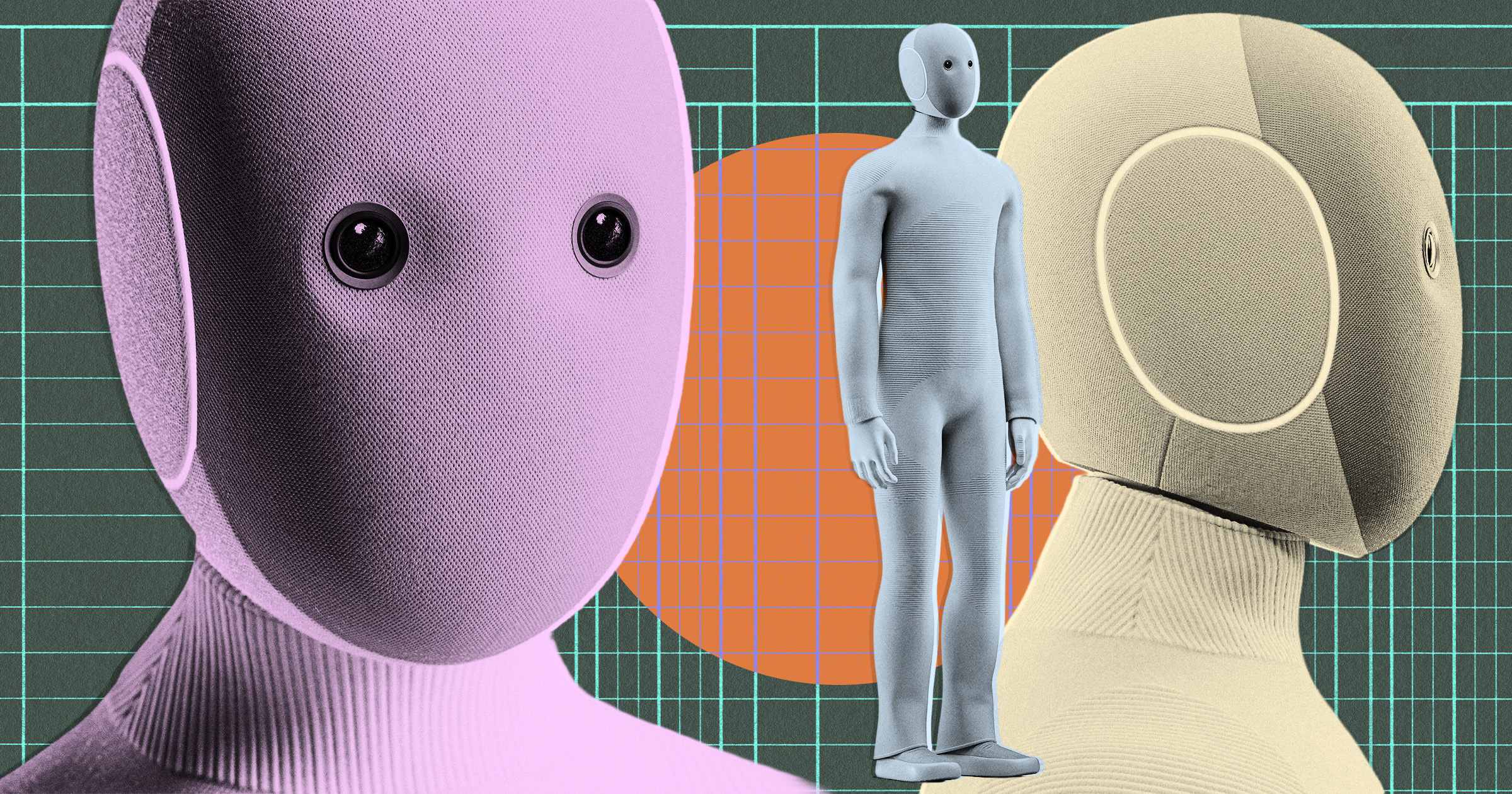The launch of the NEO robot from Palo Alto-based startup 1X is creating waves in the tech world with its unique approach to household assistance. Priced at $20,000, this bipedal machine is designed to help with chores, but it comes with a significant catch: it is not autonomous. Instead, each NEO will rely on remote human operators to perform tasks, raising questions about privacy and the future of automated home assistance.
Weighing 66 pounds and standing at 5 feet 6 inches, the NEO features a soft, fabric-wrapped exterior available in various earthy tones. The robot is currently in the preorder phase, where potential buyers can reserve their unit for just $200 and choose between a subscription model costing $499 per month or a one-time purchase fee. The initial shipping is expected to commence in 2027.
Bernt Børnich, the founder and CEO of 1X, envisions the NEO as a departure from the often dystopian portrayal of robots in popular culture. In an interview with the Wall Street Journal, Børnich emphasized the need for data collection to improve the product, stating, “If we don’t have your data, we can’t make the product better.” As the NEO works, it will gather data from its environment to enhance its AI capabilities, with the hope that it will eventually perform tasks autonomously.
The concept of a robot butler has long fascinated consumers, yet the reality remains complex. According to tech correspondent Michael Hiltzik, even the most advanced humanoid robots have trouble with simple household tasks, such as navigating home environments or handling fragile items. This indicates that the dream of a fully autonomous robot assistant is still a distant goal.
The NEO represents a shift in how robotics companies are approaching consumer products. Rather than focusing solely on cutting-edge technology, the NEO’s development appears to be as much about harnessing consumer interest in robotics as it is about providing practical solutions. The operation model, relying on human remote workers, highlights a significant limitation in current robotic technology while also creating a new business model centered around human labor.
The future of the NEO and similar robots remains uncertain. As companies like Tesla explore their own humanoid robots, the industry continues to grapple with the gap between technological promise and practical application. For now, individuals looking for assistance with household chores may find better results with a traditional human touch rather than a futuristic robotic solution.
The NEO’s introduction marks a new chapter in the ongoing dialogue about the role of robots in daily life. While it offers innovative features, it also underscores the challenges that remain in developing truly autonomous systems. As the preorder phase continues, potential buyers will need to weigh the excitement of robotic innovation against the realities of human involvement in their operation.






































































